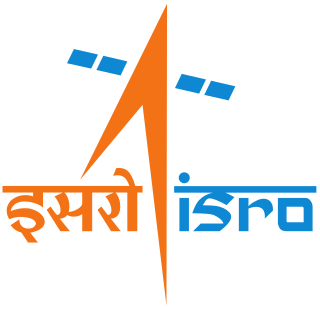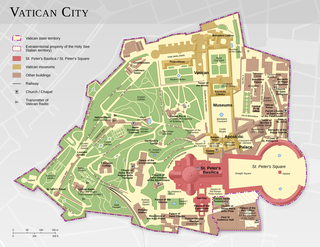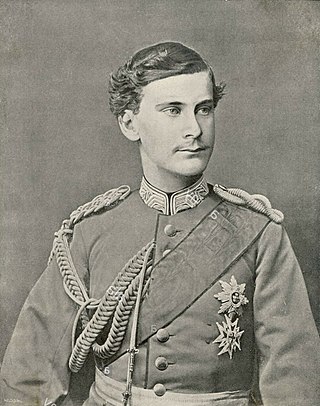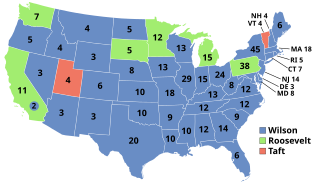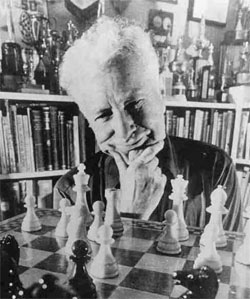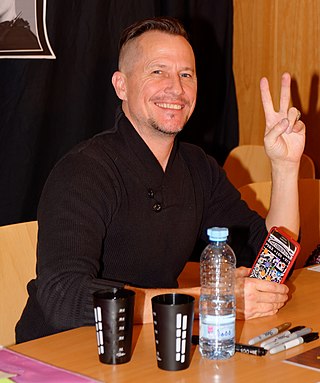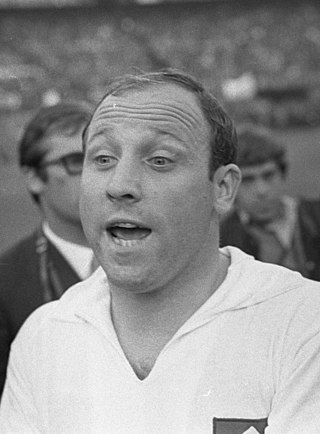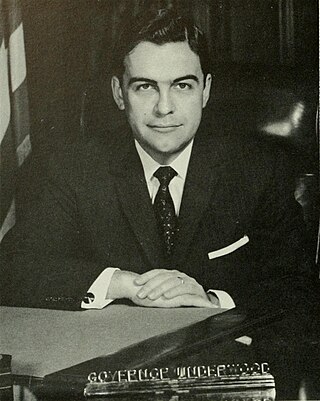
Astroworld Festival crowd crush
On November 5, 2021, a fatal crowd crush occurred during the first night of the 2021 Astroworld Festival, a music event founded by American musician Travis Scott that was held at NRG Park in Houston, Texas. Eight people died on the night of the concert, and two more died in the hospital over the following days. The cause of death for all ten was ruled to be accidental compressive asphyxiation, with one of the ten affected by the additional influence of a toxic combination of drugs and alcohol. Twenty-five people were hospitalized, and more than 300 people were treated for injuries at the festival's field hospital. Multiple concertgoers documented the incident, posting videos and recounting their experiences on social media.







